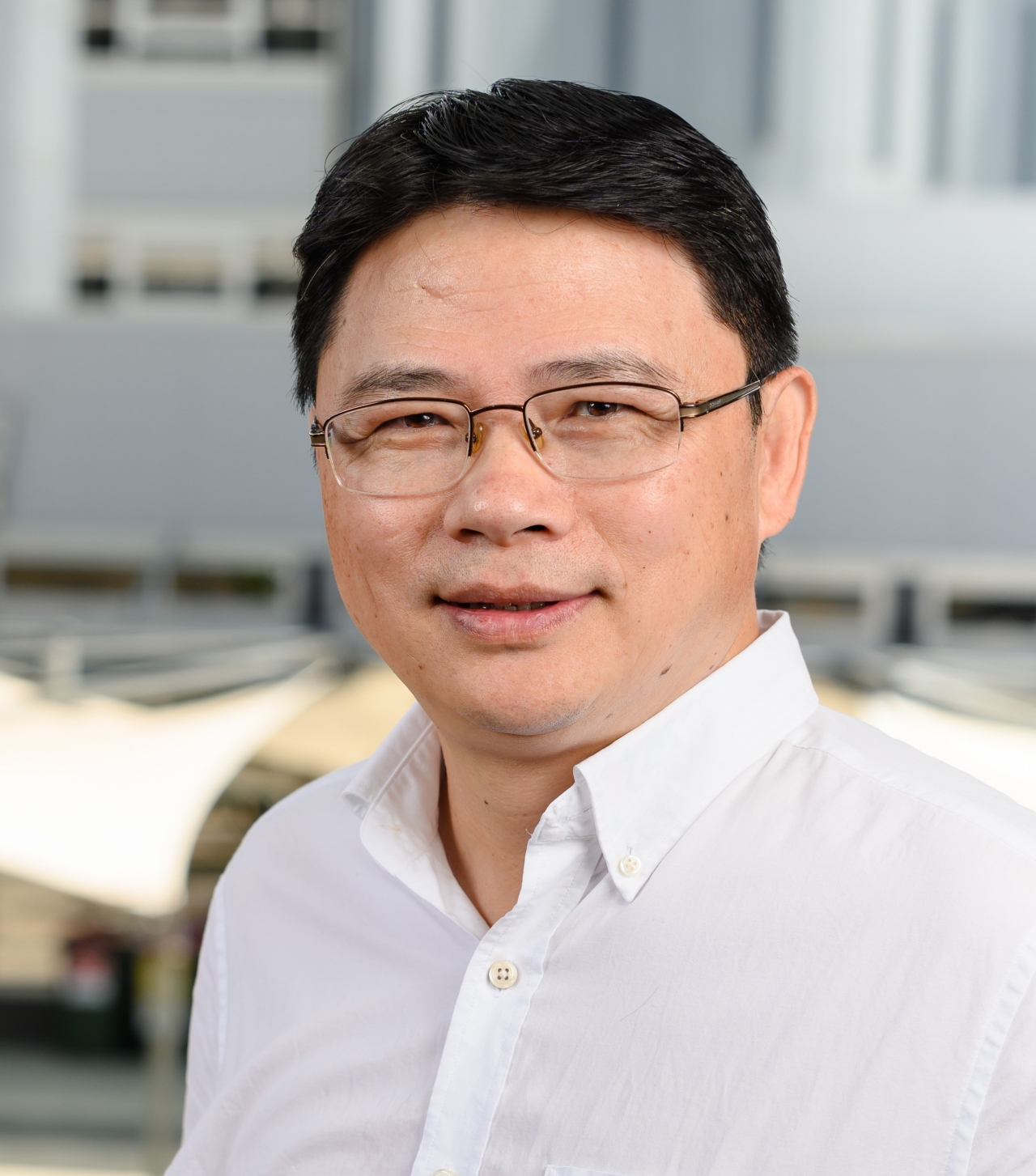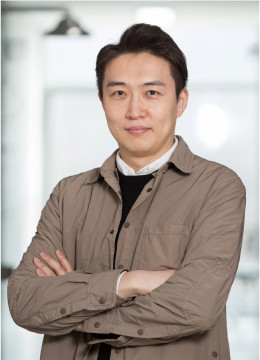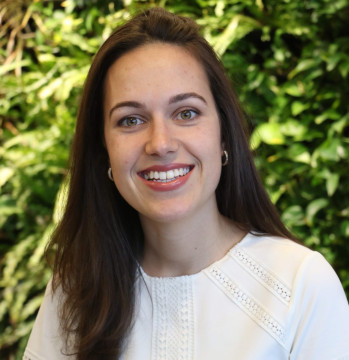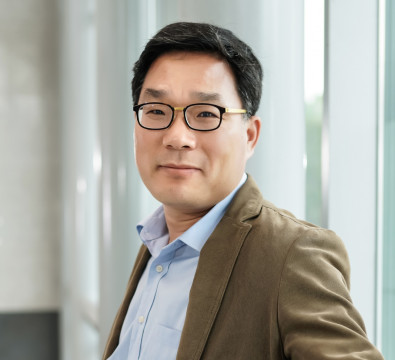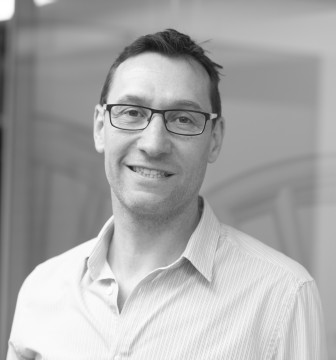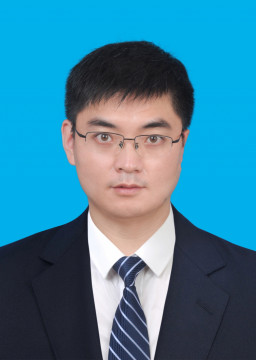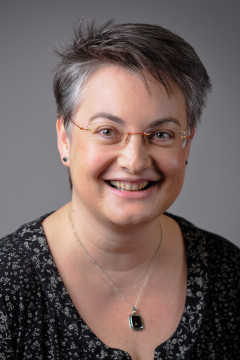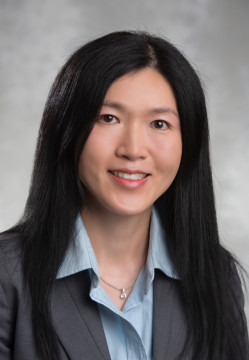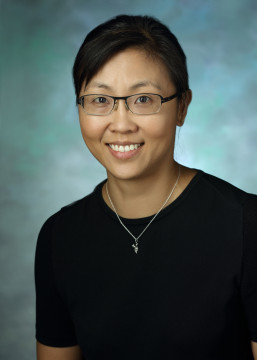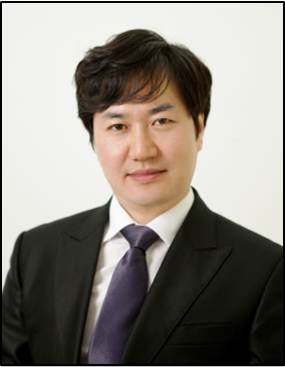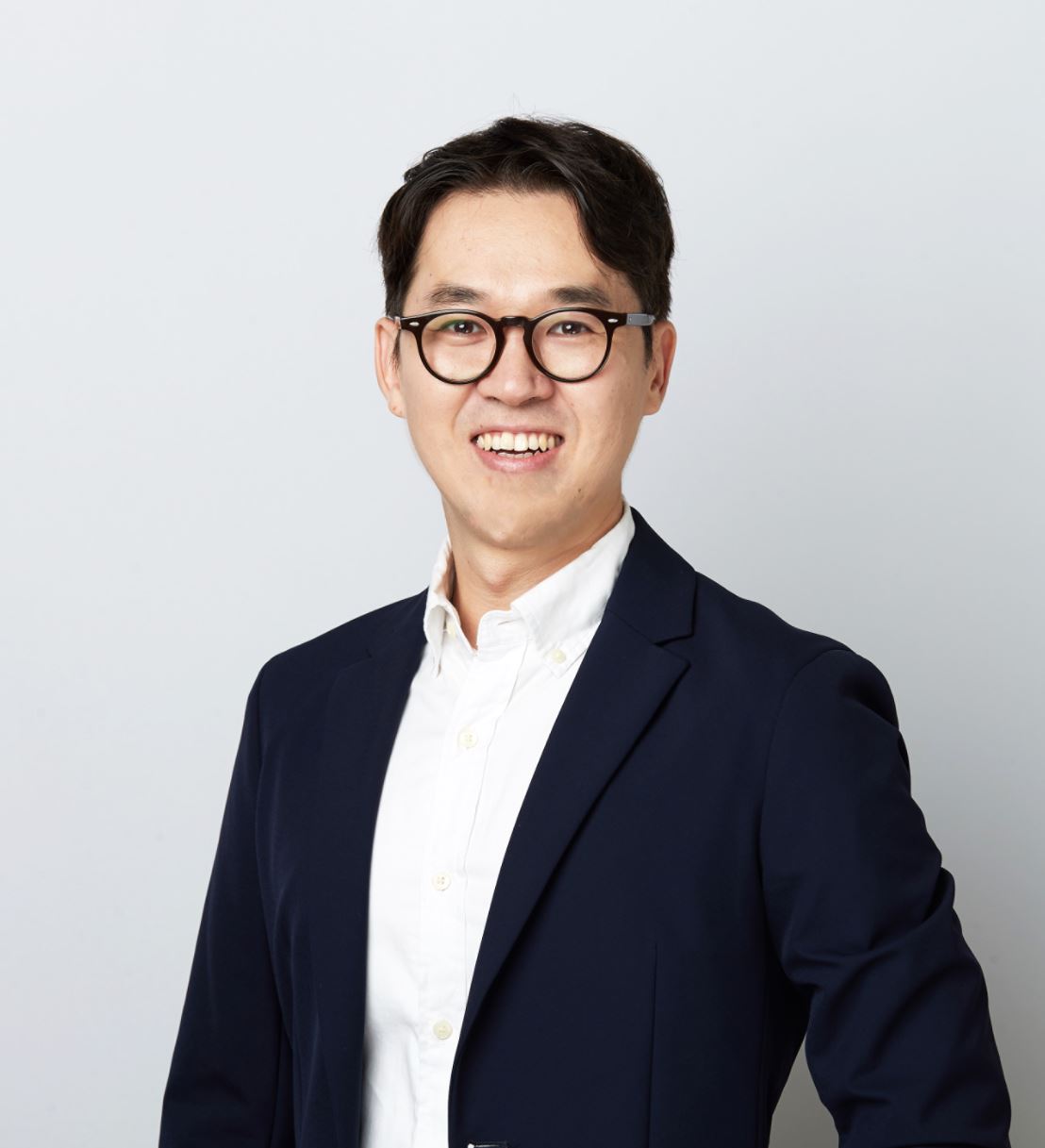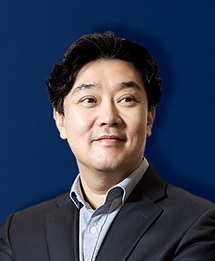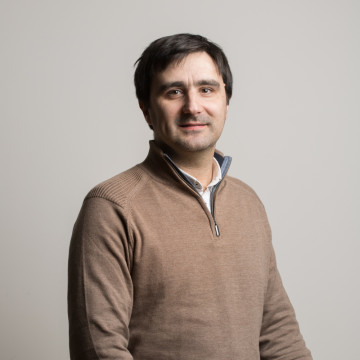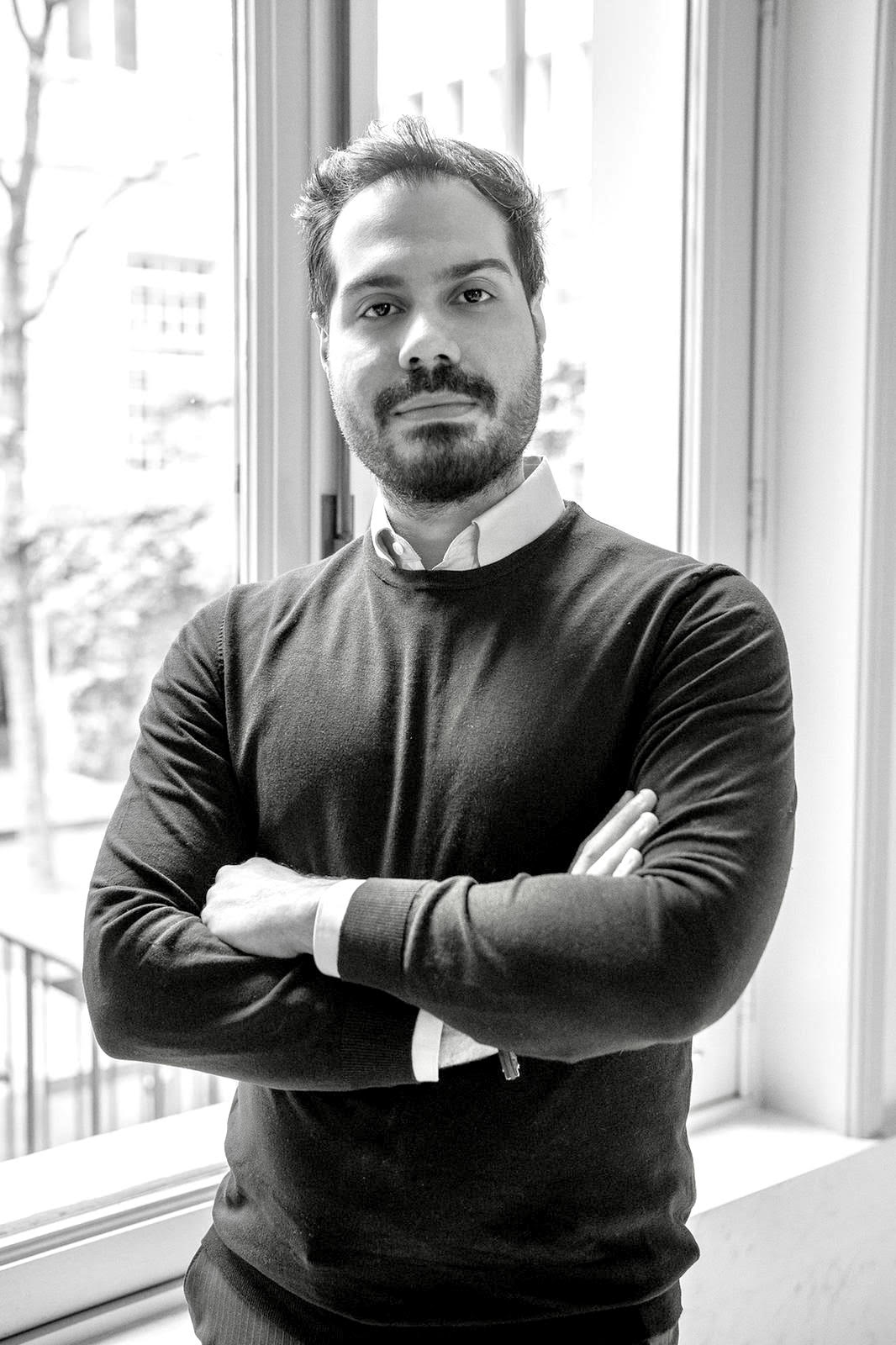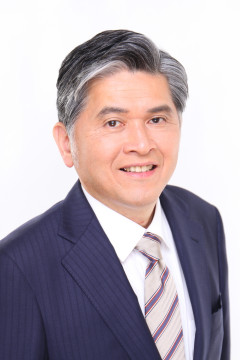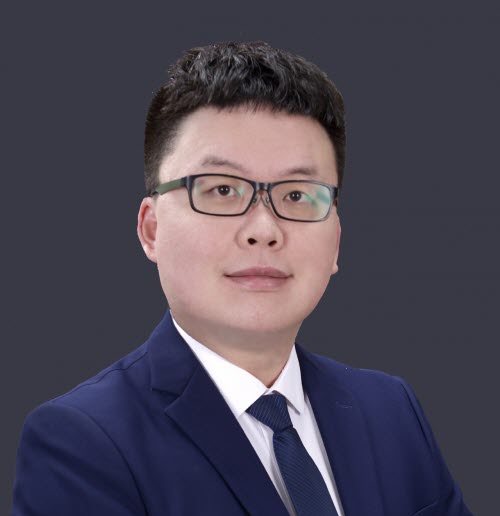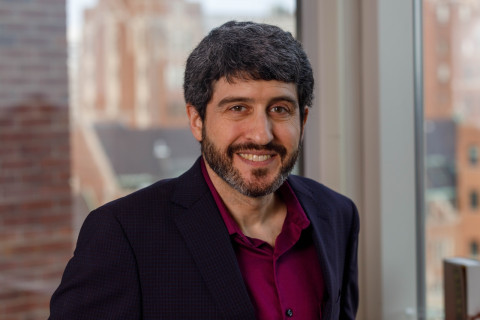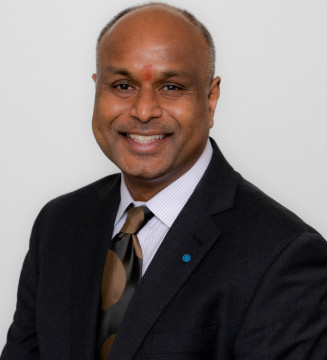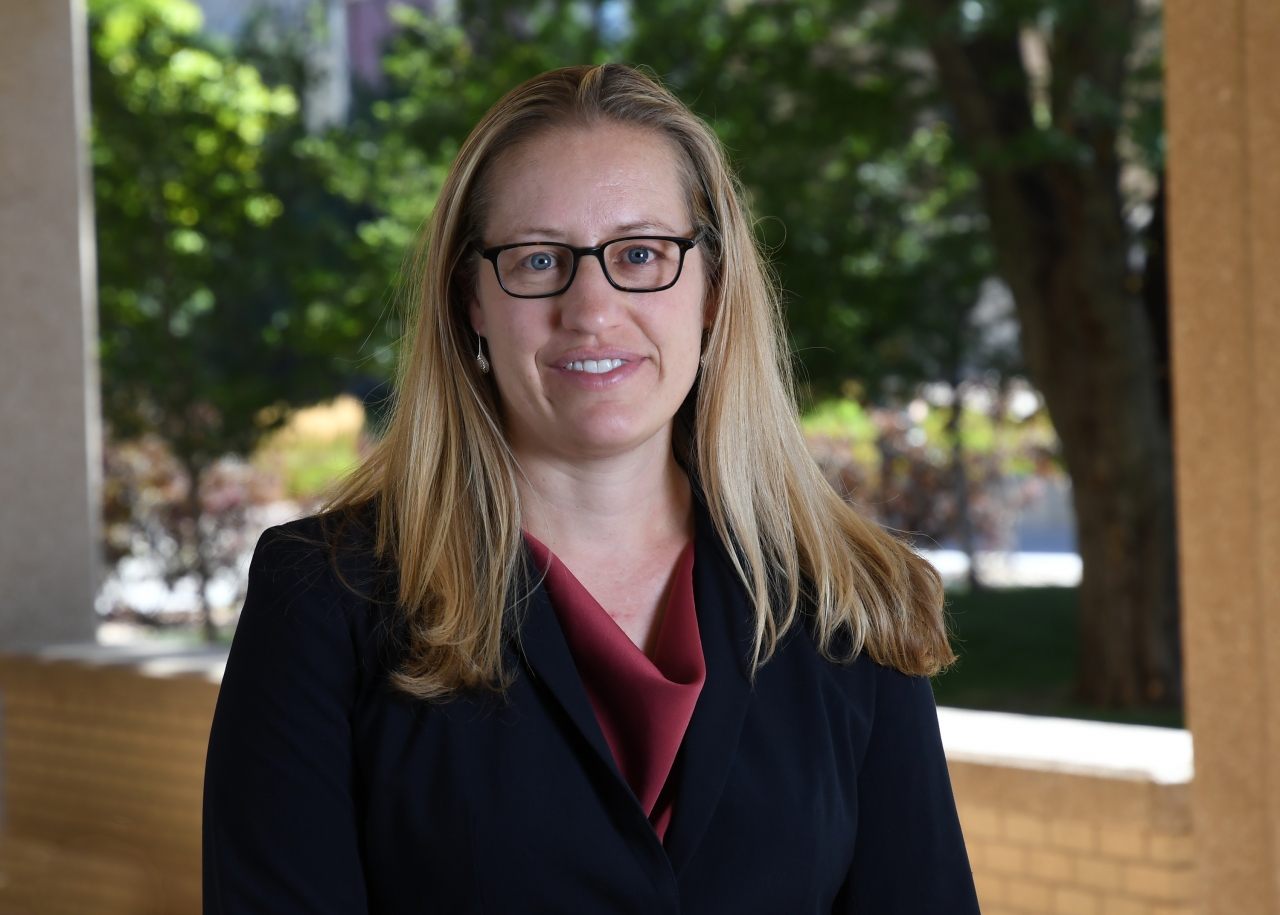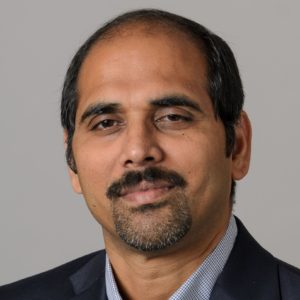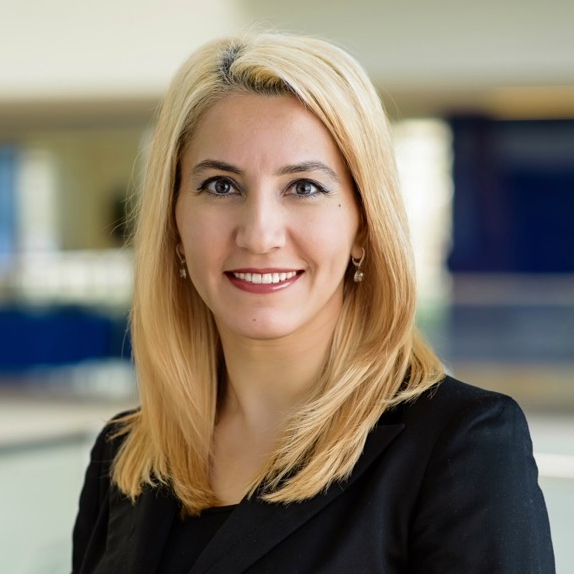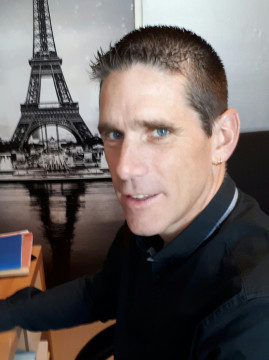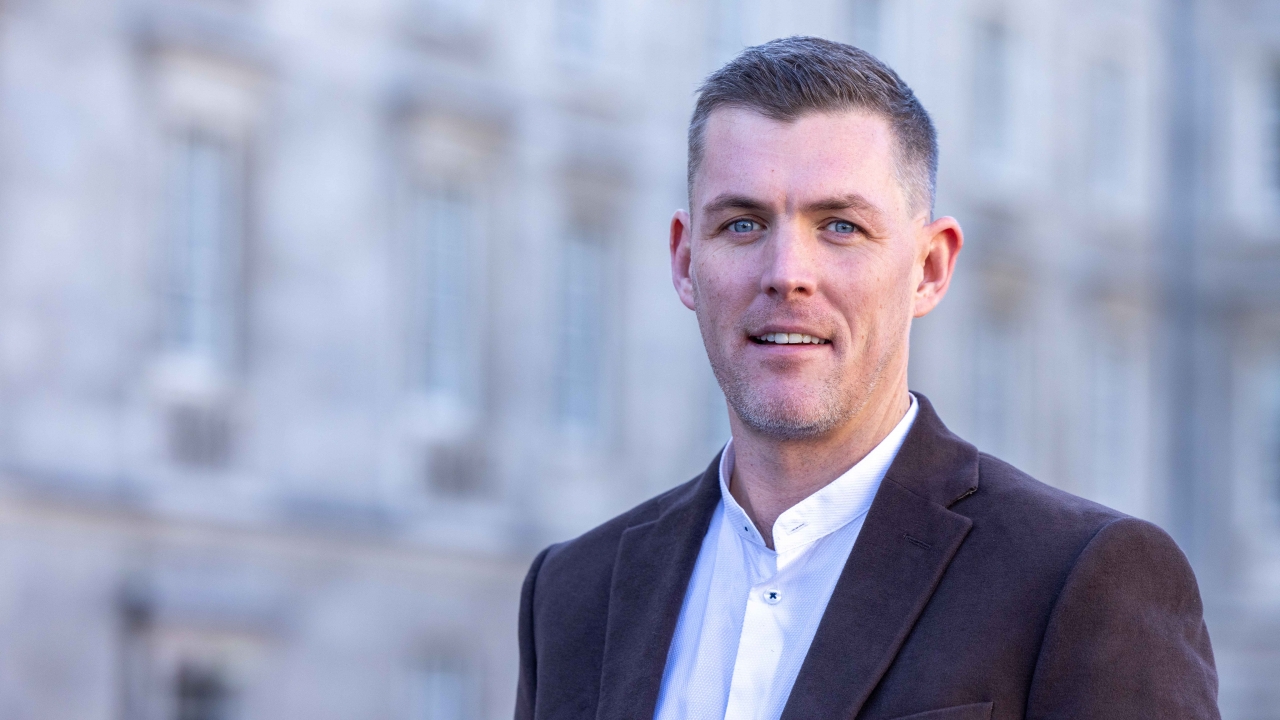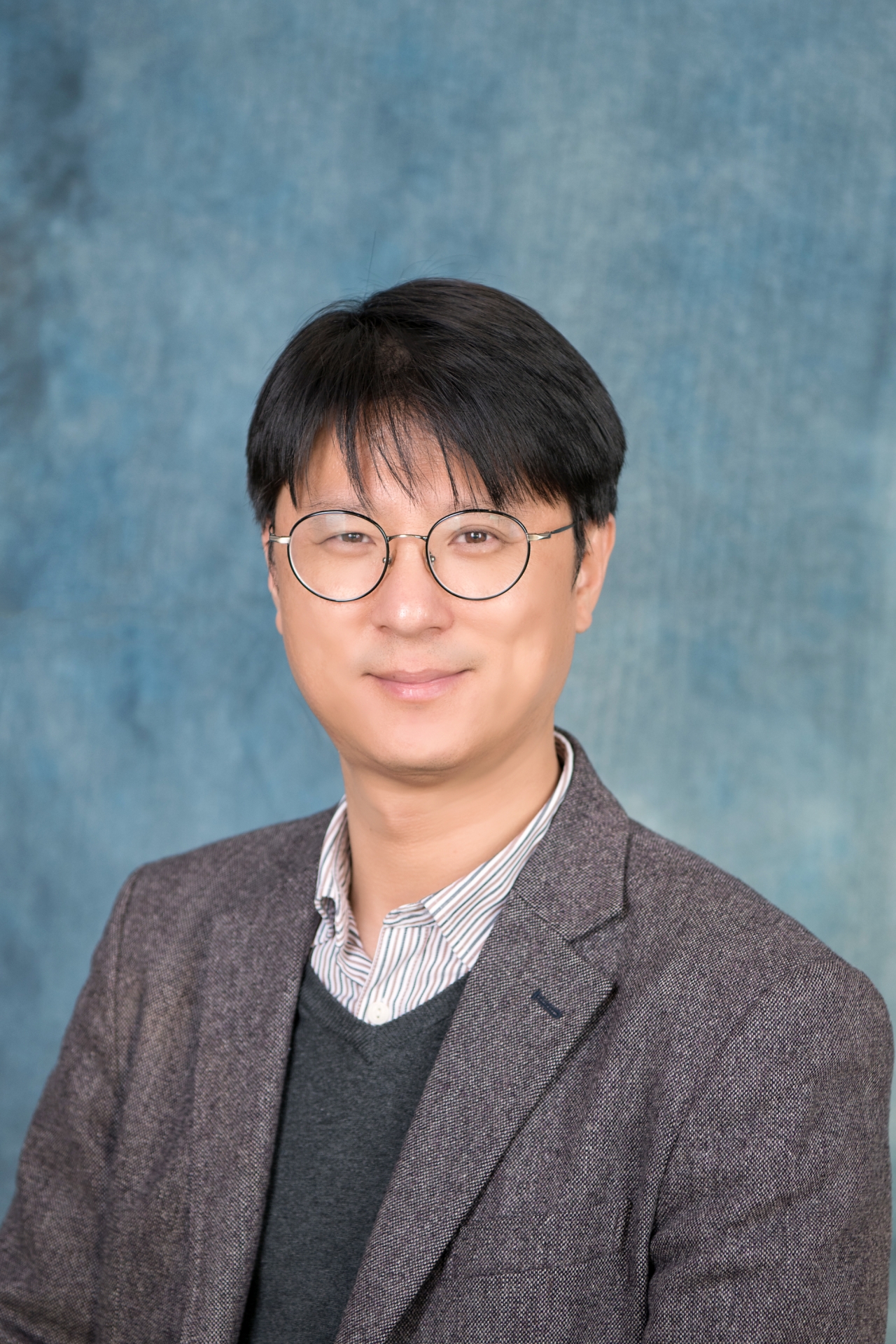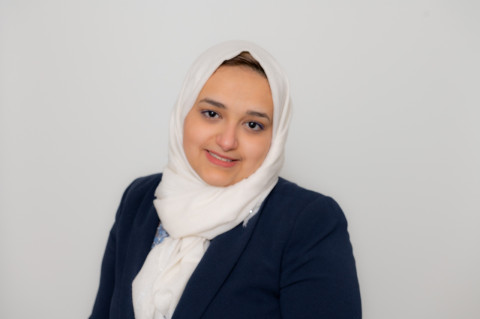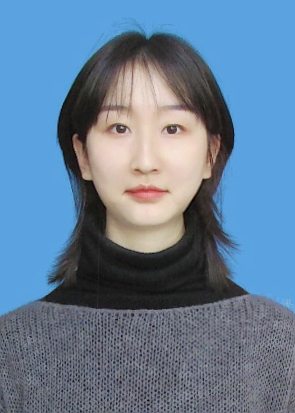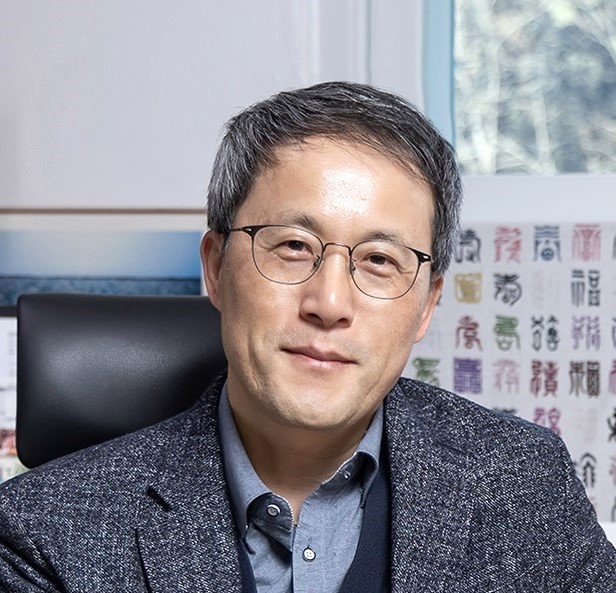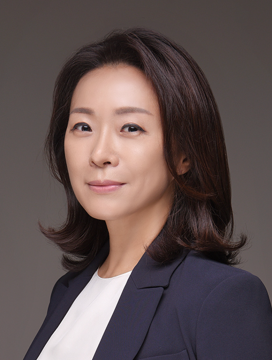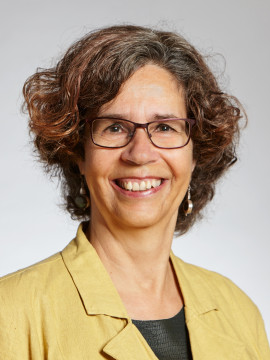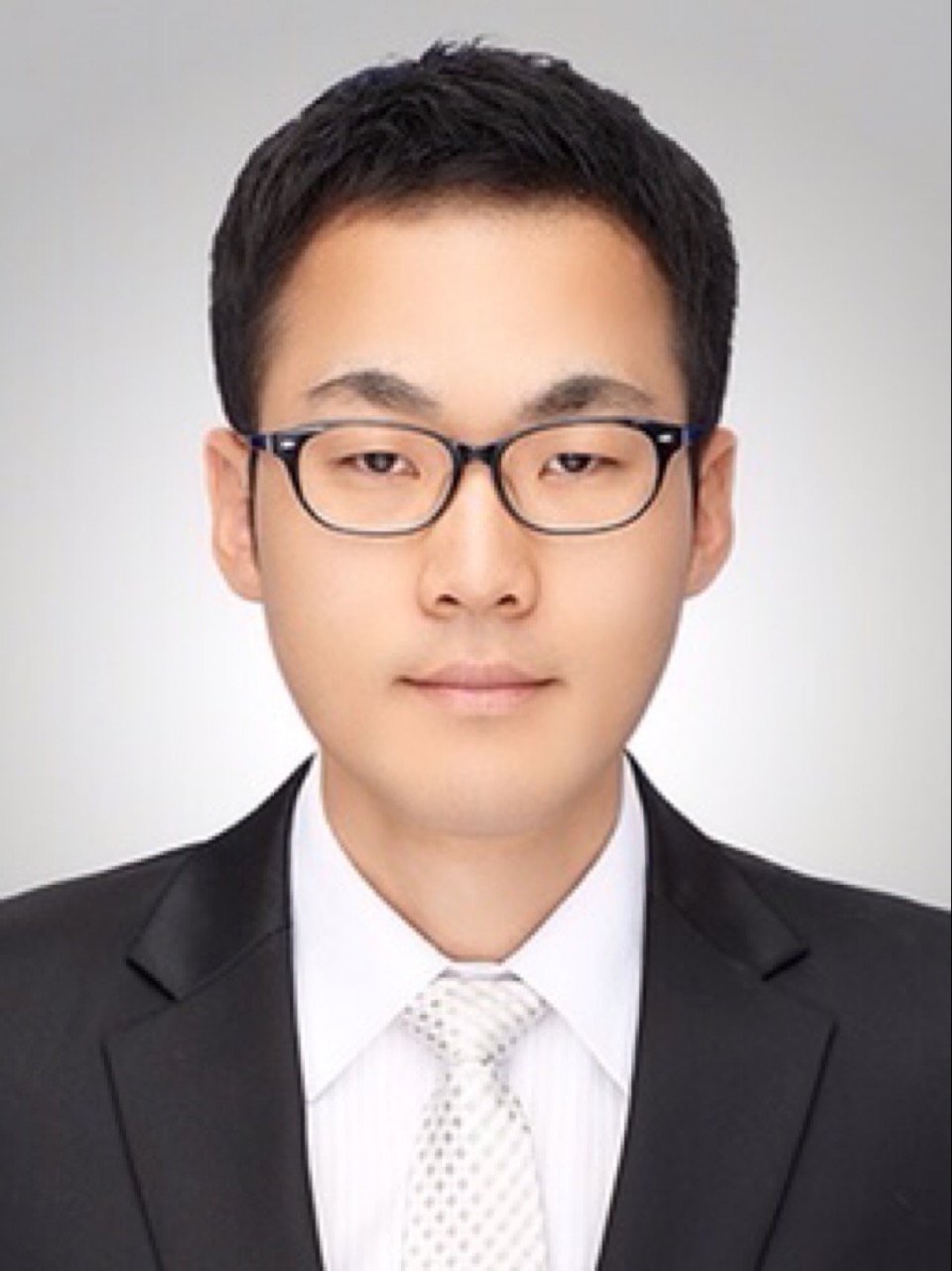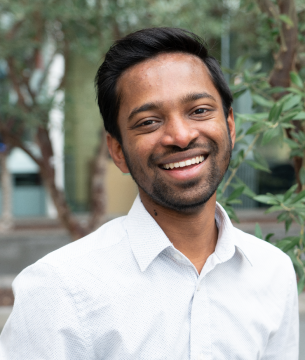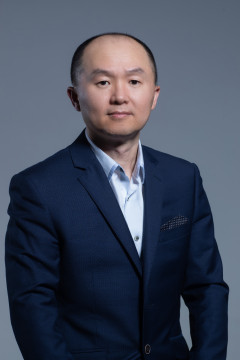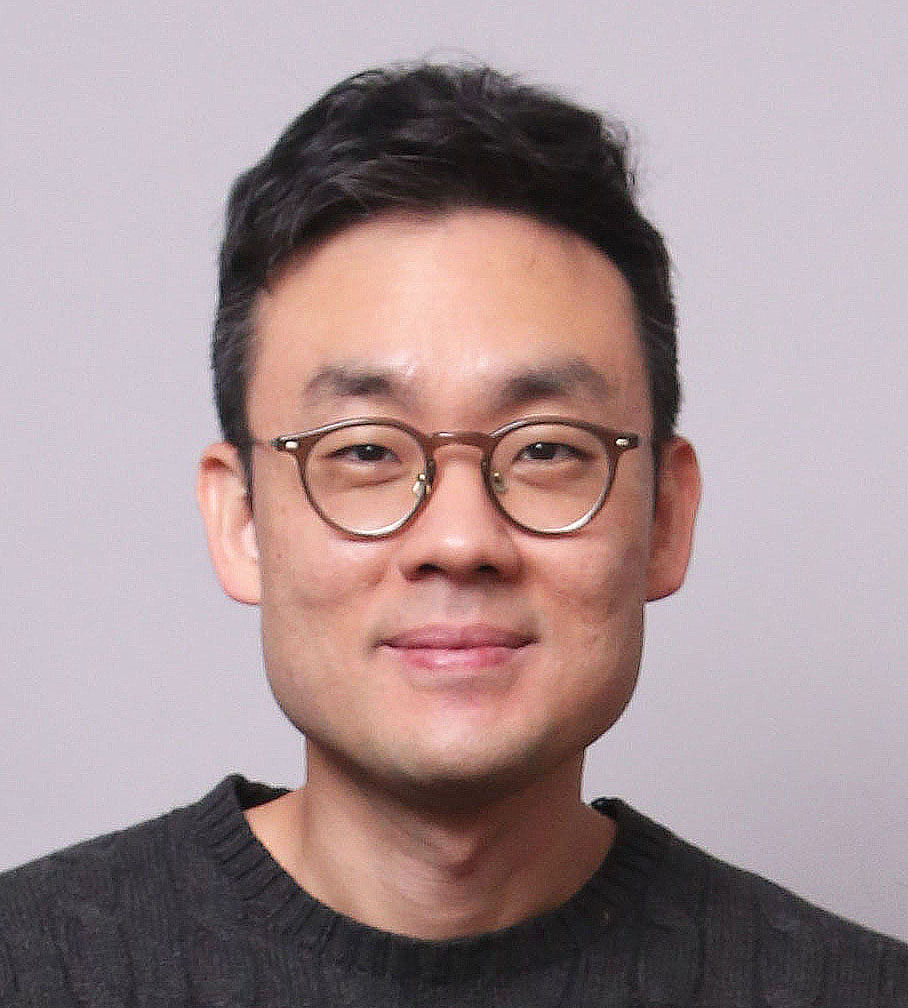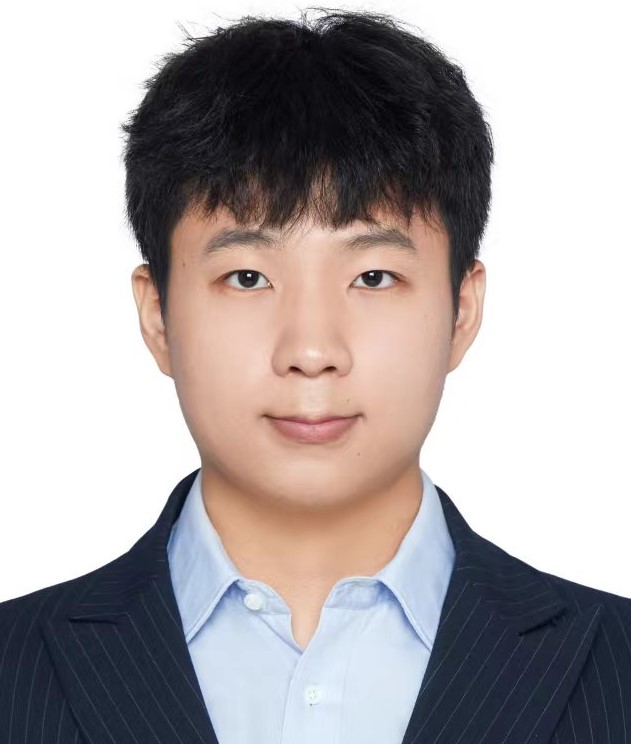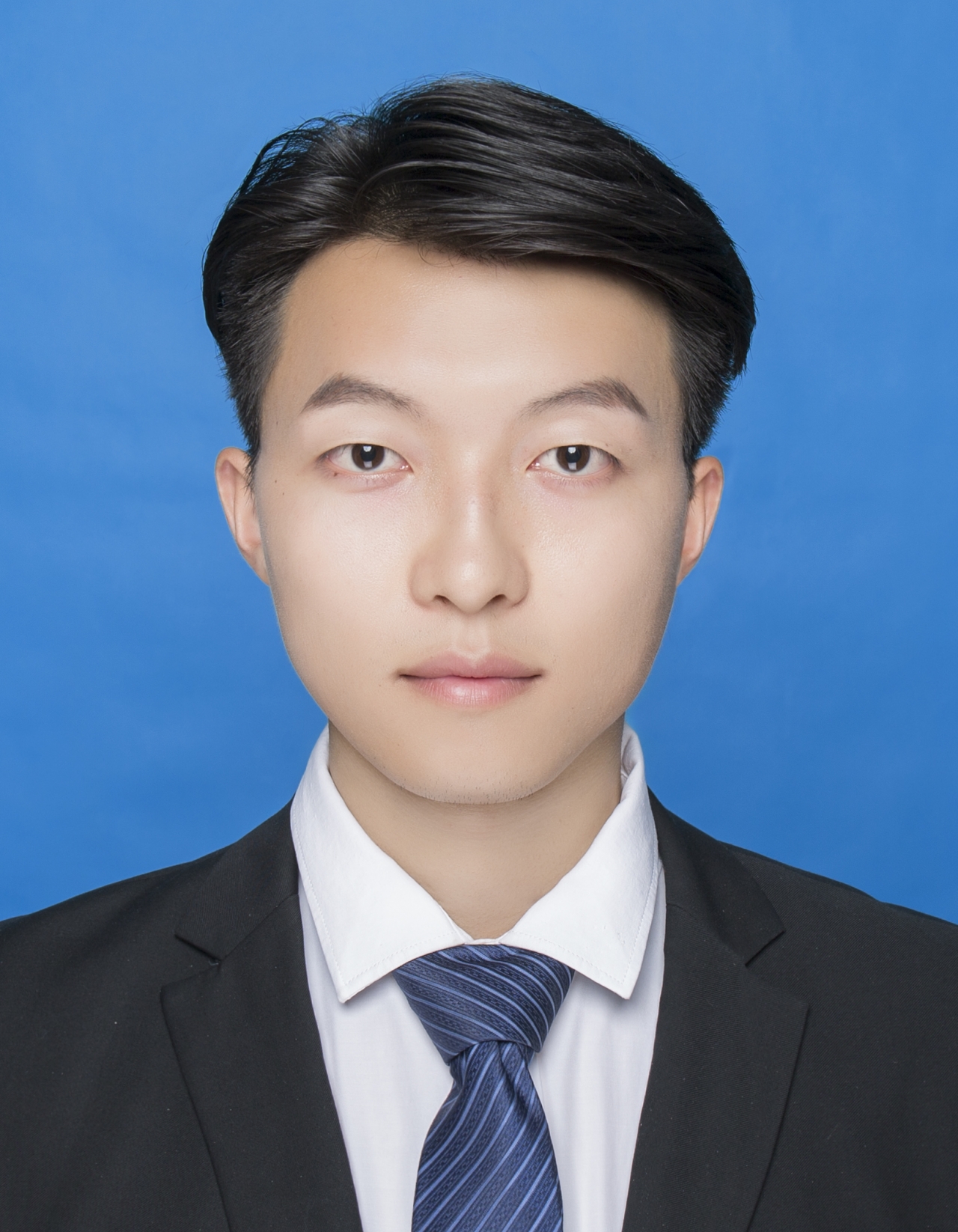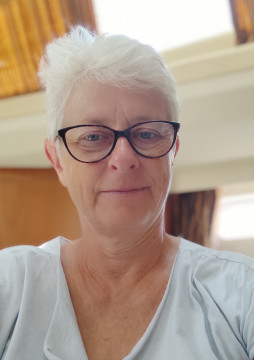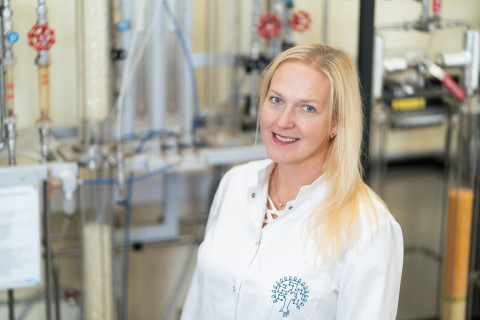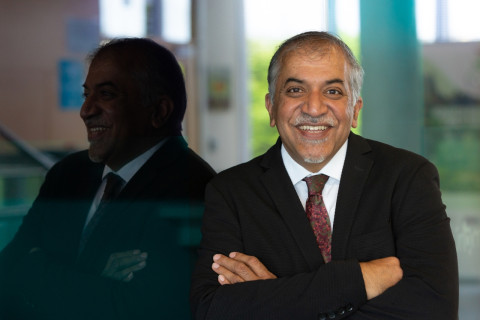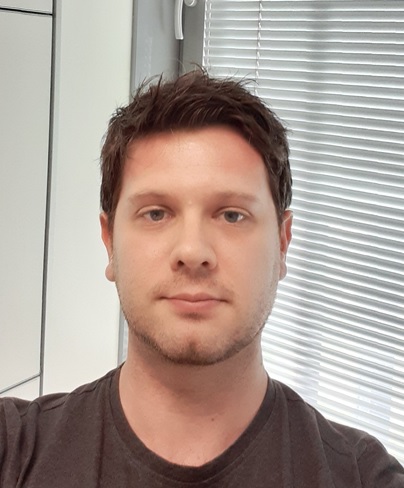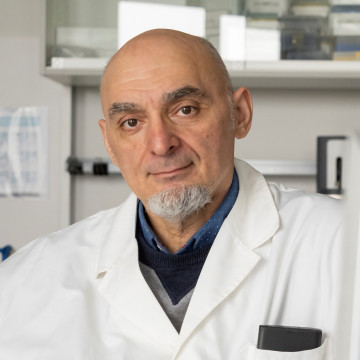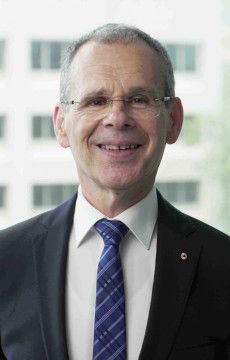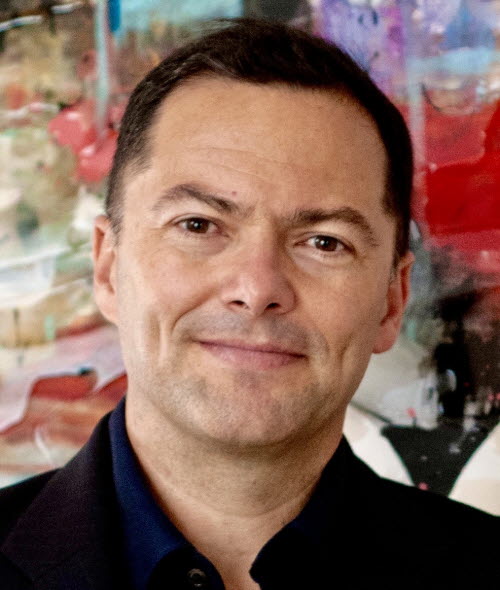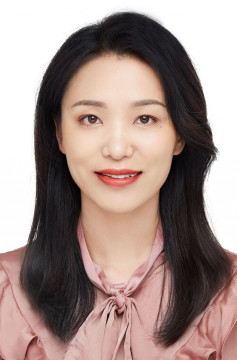Scientific Program
You can update your brief biography and profile picture on the [My Profile] page.
- Session TrackBioactive materials
- Session TitleSmart biomaterials for the modulation of inflammation and coagulation process
- Session CodeSP-T12-0266
- Date & Time / RoomMay 28 (Tue) 16:30~18:00 / Room 322
- Organizer
-
Wendong Gao (Queensland University of Technology, Australia)
- Chair
-
Yingying Du (Huazhong University of Science and Technology, China)
- Keynote Speaker
-
Yin Xiao (Griffith University, Australia)
- Invited Speaker
-
16:55~17:10 : Immunomodulation Based Strategy for Improving Metal Implant-Soft Tissue Integration Zetao Chen (Sun Yat-sen University, China)
17:10~17:25 : Multifunctional magnetic nanovesicles for treating severe bacteremia Joo Hun Kang (Ulsan National Institute of Science & Technology, Korea, Republic of)
- Oral Presenter
-
17:25~17:35 : Rendering antimicrobial hernia meshes without an adverse immune reaction Cynthia Calligaro (SPARTHA Medical, France)
17:35~17:45 : Superhydrophilic poly(ε-caprolactone)/Tween-20 electrospun fiber coated with chitosan/heparin - A promising material for developing cardiac patches Roberta Maia Sabino (University of Wyoming, USA)
17:45~17:55 : An off-the-shelf artificial blood clot hydrogel neutralizing multiple proinflammatory mediators for pro-regenerative periodontitis treatment Yini Huangfu (Tianjin University, China)
- Session TrackBioactive materials
- Session TitleSmart biomaterials for the modulation of inflammation
- Session CodeSP-T12-0269
- Date & Time / RoomMay 27 (Mon) 13:00~14:30 / Room 322
- Organizer
-
Lan Xiao (Queensland University of Technology, Australia)
- Chair
-
Lan Xiao (Queensland University of Technology, Australia)
Yulin Li (East China University of Science and Technology, China)
- Keynote Speaker
-
13:00~13:25 : Dynamic immune modulation empowered by designer biomaterials Yong Taik Lim (Sungkyunkwan University, Korea, Republic of)
- Invited Speaker
-
13:25~13:40 : Heparin loading microsphere conjugated pancreatic islets transplantation for prevention of IBMIR Jee-Heon Jeong (Sungkyunkwan University, Korea, Republic of)
13:40~13:55 : Synthetic nano-engineered antimicrobial polymers (SNAPs) Sebastien Perrier (University of Warwick, United Kingdom)
- Oral Presenter
-
13:55~14:05 : Nanozymes-armed Microbes for Alleviating Intestinal Inflammation and Microbiota Dysbiosis Zhengwei Mao (Zhejiang University, China)
14:05~14:15 : Effects of shape and surface property of thermoresponsive core-corona type particles on phagocytic behavior of macrophages Akihiko Kikuchi (Tokyo University of Science, Japan)
14:15~14:25 : Gas therapy and nanomedicine Xiaojun Cai (Wenzhou Medical University, China)
- Session TrackBioactive materials
- Session TitleDirecting cell fate & tissue regeneration by extracellular matrix signalling
- Session CodeSP-T12-0286
- Date & Time / RoomMay 28 (Tue) 13:40~15:10 / Room 322
- Organizer
-
Catherine Le Visage (Nantes University, France)
- Chair
-
Catherine Le Visage (Nantes University, France)
Evelyn Yim (University of Waterloo, Canada)
- Keynote Speaker
-
13:40~14:05 : Directing cell fate & tissue regeneration by biomimetic scaffolds Sing Yian Chew (Nanyang Technological University, Singapore)
- Invited Speaker
-
14:05~14:20 : Applications of Transplantable and Biodegradable Nanoarchitecture Scaffolds for Tissue Engineering Hee Seok Yang (Dankook University, Korea, Republic of)
14:20~14:35 : Overcoming Challenges in Islet Encapsulation for Bioartificial Pancreas Applications Kisuk Yang (Incheon National University, Korea, Republic of)
- Oral Presenter
-
14:35~14:45 : Tissue Tuning with Liminal Spaces and Signal Density: Reimagining the signalling landscape via Self Assembled Regenerative Hydrogels Richard Williams (Deakin University, Australia)
14:45~14:55 : Tissue-engineered highly biomimetic and anisotropic vascularized cardiac patch Feng Zhao (Texas A&M University, USA)
14:55~15:05 : High-throughput screening of physicochemical material properties to prevent biomaterial-associated fibrosis of implants Lisa Tromp (University Medical Center Groningen, Netherlands)
- Session TrackBioactive materials
- Session TitleMarine biomaterials towards tissue engineering
- Session CodeSP-T12-0295
- Date & Time / RoomMay 29 (Wed) 9:30~11:00 / Room 322
- Organizer
-
Hyung Joon Cha (Pohang University of Science and Technology, Korea, Republic of)
- Chair
-
Hyung Joon Cha (Pohang University of Science and Technology, Korea, Republic of)
Tiago H. Silva (University of Minho, Portugal)
- Keynote Speaker
-
9:30~9:55 : Innovative marine adhesive platform biomaterial for effective tissue regeneration Hyung Joon Cha (Pohang University of Science and Technology, Korea, Republic of)
- Invited Speaker
-
9:55~10:10 : Marine Inspired Biomaterials as enabling tools for different Advanced Therapies Tiago H. Silva (University of Minho, Portugal)
10:10~10:25 : Sutureless Bioelectronics Integrated with Tissue-adhesive Hydrogel Biointerfaces Inspired by Marine Mussels Mikyung Shin (Sungkyunkwan University, Korea, Republic of)
- Oral Presenter
-
10:25~10:35 : Marine Shells Biomaterials Jingdi Chen (Shandong University, China)
10:35~10:45 : From the Depths of the Sea to The Skin: Advancing Wound Healing through a Tough and Print-Friendly Marine Hydrogel Hafez Jafari (Polymer Chemistry and Biomaterials Group, Department of Organic and Macromolecular Chemistry, CMAC - Centre of Macromolecular Chemistry, Ghent University, Krijgslaan 281, 9000 Ghent, Belgium, Belgium)
10:45~10:55 : Cationic complexes of chelated nanohydroxyapatite modulate alveolar bone regeneratio Peilei Wang (Sichuan univercity, China)
- Session TrackBioactive materials
- Session TitleBiomaterials Functionalization with Tethered Growth Factors and Proteins for Tissue Engineering Applications
- Session CodeSP-T12-0299
- Date & Time / RoomMay 27 (Mon) 14:40~16:10 / Room 322
- Organizer
-
Oh Hyeong Kwon (Kumoh National Institute of Technology, Korea, Republic of)
- Chair
-
Oh Hyeong Kwon (Kumoh National Institute of Technology, Korea, Republic of)
Naoki Kawazoe (National Institute for Materials Science, Japan)
- Keynote Speaker
-
14:40~15:05 : Mussel-inspired adhesive growth factors for biosignalling materials. Yoshihiro Ito (RIKEN, Japan)
- Invited Speaker
-
15:05~15:20 : High-performance hydrogel bioadhesives and dressings for wounds healing Hongli Mao (Nanjing Tech University, China)
- Oral Presenter
-
15:20~15:30 : Cysteine mastery: transforming platelet lysate proteins into advanced microparticles Maria Clara Gomes (University of Aveiro, Portugal)
15:30~15:40 : Suspension sprayed calcium phosphate (CaP) coatings with antibacterial properties Maria Carolina Lanzino (University of Stuttgart, Germany)
15:40~15:50 : Polymer-based self-assembled coacervates Pengchao Zhao (South China University of Technology, China)
15:50~16:00 : Surface functionalization by micropatterning for investigation of stem cell differentiation in the viscous microenvironment Naoki Kawazoe (National Institute for Materials Science, Japan)
- Session TrackBioactive materials
- Session TitleBioactive Materials and Structures for Tissue Interface Engineering
- Session CodeSP-T12-0323
- Date & Time / RoomMay 28 (Tue) 9:30~11:00 / Room 322
- Organizer
-
Eben Alsberg (University of Illinois Chicago, USA)
- Chair
-
Sangamesh Kumbar (University of Connecticut Health, USA)
Melissa Krebs (Colorado School of Mines, USA)
- Keynote Speaker
-
9:30~9:55 : Osteochondral Interface Engineering: The role of Biomaterials Syam Nukavarapu (University of Connecticut, USA)
- Invited Speaker
-
9:55~10:10 : Unconventional Biomaterials for Tissue Engineering and Regenerative Medicine Gulden Camci-Unal (UMASS Lowell, USA)
Kyobum Kim (Dongguk University, Korea, Republic of)
- Oral Presenter
-
10:25~10:35 : Innovative biphasic 3D scaffold based on bioglass or bone inorganic matrix and biodegradable polymer honeycomb membrane for bone tissue engineering Emmanuel PAUTHE (CY Cergy Paris Université, France)
10:35~10:45 : SILICATE and Silicate-Based Bioactive Glasses as Potential Therapies for Medication-Related Osteonecrosis of the Jaw (MRONJ) Maria Florez Martin (University College London (UCL), United Kingdom)
10:45~10:55 : Biological performance in mini pigs of 3D Ti6Al4V–beta Calcium phosphate composite scaffolds Jiaping Li (Kuros Biosciences, Netherlands)
- Session TrackBioactive materials
- Session TitleElectroactive Biomaterials for Tissue Engineering and of Regenerative Medicine Applications
- Session CodeSP-T12-0202
- Date & Time / RoomMay 30 (Thu) 13:40~15:10 / Room 322
- Organizer
-
Vitor Correlo (3B’s Research Group I3Bs - Research Institute on Biomaterials, Biodegradables and Biomimetics of University of Minho, Portugal)
- Chair
-
Vitor Correlo (3Bs Research Group, I3Bs - Research Institute on Biomaterials, Biodegradables and Biomimetics of University of Minho, Portugal)
Il Keun Kwon (Department of Dental Materials, School of Dentistry, Kyung Hee University,, Korea, Republic of)
- Keynote Speaker
-
13:40~14:05 : Conductive Biomaterials for Tissue Engineering- Application of Conductive Polymers and 2D Nanomaterial Michael Monaghan (Trinity College Dublin, Ireland)
- Invited Speaker
-
14:05~14:20 : Graphene-incorporated conductive hydrogels as new functional biomaterial Jae Young Lee (Gwangju Institute of Science and Technology, Korea, Republic of)
- Oral Presenter
-
14:20~14:30 : Electrical and Chemical Stimulation Using Ionically Conductive Polymeric Implants for Soft Tissue and Wound Healing Sama Abdulmalik (University of Connecticut Health Center, USA)
14:30~14:40 : Electroactive biomaterials based on ion-doped piezoelectric barium titanate nanofibers for improved bone regeneration Tianyi Zheng (SINOPEC (Beijing) Research Institute of Chemical Industry Co., Ltd., China)
14:40~14:50 : Orally ingestible piezoelectric particulate stimulators for noninvasive vagus nerve stimulation in treating obesity and sepsis Cam Hoa Mac (National Tsing Hua University, Chinese Taipei)
14:50~15:00 : Redox-active and electroactive hydrogel for post-infarct myocardial repair enabled by a core-shell conductive polymer coating @MOF nanozyme Shuyi He (Sichuan University, China)
15:00~15:10 : Flexible, hydrophilic conductive elastomers for soft bioelectronic applications Estelle Cuttaz (Imperial College London, United Kingdom)
- Session TrackBioactive materials
- Session TitleExtracellular matrix for mechanobiology and therapeutics
- Session CodeSP-T12-0211
- Date & Time / RoomMay 30 (Thu) 9:30~11:00 / Room 322
- Organizer
-
Kwideok Park (Korea Institute of Science and Technology, Korea, Republic of)
- Chair
-
Kwideok Park (Korea Institute of Science and Technology, Korea, Republic of)
Jennifer H. Shin (Korea Advanced Institute of Science and Technology, Korea, Republic of)
- Keynote Speaker
-
9:30~9:55 : BLOOD AS DRIVER OF REGENERATIVE PROCESSES Viola Vogel (ETH Zürich, Switzerland)
- Invited Speaker
-
9:55~10:10 : Engineering Extracellular Matrix: Components, Mechanics, and Architecture Pilnam Kim (Korea Advanced Institute of Science and Technology, Korea, Republic of)
10:10~10:25 : Hybrid hydrogel-extracellular matrix scaffolds identify distinct roles of matrix in cardiac aging Jennifer Young (National University of Singapore, Singapore)
10:25~10:40 : Molecular tension-dependent integrin-ligand binding regulates mechanosensitive cell adhesion and migration Dong-Hwee Kim (Korea University, Korea, Republic of)
- Oral Presenter
-
10:40~10:50 : Norbornene-modified decellularized small intestine submucosa as a versatile photo-crosslinkable biomaterial Chien-Chi Lin (Purdue University, USA)
10:50~11:00 : Engineering modular tissues with multiscale hierarchy using mass produced living microbuilding blocks Castro Johnbosco (University of Twente, Netherlands)
- Session TrackBioactive materials
- Session TitleBioenergetic-active Materials for Regenerative Engineering
- Session CodeSP-T12-0213
- Date & Time / RoomMay 29 (Wed) 16:30~18:00 / Room 322
- Organizer
-
Jian Yang (Westlake University, China)
- Chair
-
Jian Yang (Westlake University, China)
Vivek Kumar (New Jersey Institute of Technology, USA)
- Keynote Speaker
-
Bioenergetic-active materials in regenerative engineering Shengmin Zhang (Huazhong University of Science and Technology, China)
- Invited Speaker
-
Bioactive Polymeric Micro-Nano Structures for Tissue Repair and Regeneration Sangamesh Kumbar (University of Connecticut, USA)
Modulation of cellular microenvironment for enhanced bioactivities and tissue regeneration Jung Seung Lee (Sungkyunkwan University, Korea, Republic of)
- Oral Presenter
-
: Hierarchically designed 3D printed scaffold for repairing osteochondral interface tissue Yingying Du (Huazhong University of Science and Technology, China)
: Mito-engine equipped with coolant: a bioenergetic hybrid hydrogel for propelling intervertebral disc repair Zhe Wang (West China Hospital of Sichuan University, China)
: A customizable bioenergetic-active scaffold for multi-tissue regeneration Xin Zhang (Huazhong University of Science and Technology, China)
- Session TrackBioactive materials
- Session TitlePrecision Medicine in Biomaterials Application for Regeneration
- Session CodeSP-T12-0222
- Date & Time / RoomMay 29 (Wed) 13:40~15:10 / Room 322
- Organizer
-
Lia Rimondini (Università del Piemonte Orientale, Italy)
- Chair
-
Lia Rimondini (University of Eastern Piedmont, Italy)
Dagnija Loca (Riga Technical University, Latvia)
- Keynote Speaker
-
13:40~14:05 : Dynamic Strategies for Host-Responsive Biomaterials: Functionalization, Integration, and Therapeutic Potential Abhay Pandit (CURAM SFI Research Centre for Medical Devices; University of Galway, Ireland)
- Invited Speaker
-
14:05~14:20 : Deciphering the Intricate Interplay between Peripheral Innervation and Bone Tissue in Health and Disease Meriem Lamghari (Instituto de Investigação e Inovação em Saúde, Universidade do Porto, Portugal)
14:20~14:35 : Multifunctional biomaterials and advanced in vitro bioreactors-based platforms: combining strategies and technologies towards precision medicine Andrea Cochis (University of Eastern Piedmont, Italy)
- Oral Presenter
-
14:35~14:45 : Revolutionizing drug screening: harnessing human protein-based materials for ethical and accelerated in vitro testing Catarina Custódio (Metatissue, Portugal)
14:45~14:55 : Non-alcoholic steatohepatitis modeling with human liver microenvironment-incorporated organoids Su Kyeom Kim (Yonsei University, Korea, Republic of)
- Session TrackBioactive materials
- Session TitleElastin-based biomaterials
- Session CodeSP-T12-0237
- Date & Time / RoomMay 27 (Mon) 16:30~18:00 / Room 322
- Organizer
-
Jose Carlos Rodríguez-Cabello (University of Valladolid, Spain)
- Chair
-
Jose Carlos Rodríguez-Cabello (University of Valladolid, Spain)
Giselle Yeo (University of Sydney, Australia)
- Keynote Speaker
-
16:30~16:55 : Tropoelastin-based biomaterials Anthony Weiss (University of Sydney, Australia)
- Invited Speaker
-
Giselle Yeo (University of Sydney, Australia)
Alvaro Mata (University of Nottingham, United Kingdom)
- Oral Presenter
-
17:25~17:35 : Keratin-mediated Mechanotransduction and its Application to Cell and Tissue Regeneration HyeonJeong Kang (KyungHee University, Korea, Republic of)
17:35~17:45 : Utilizing Recombinant Humanized Collagen Proteins in Advancing Regenerative Medicine Yafang Chen (Sichuan university, China)
17:45~17:55 : In-vitro laboratory models to study pathological calcification Marta Cerruti (McGill University, Canada)

 1
1 



